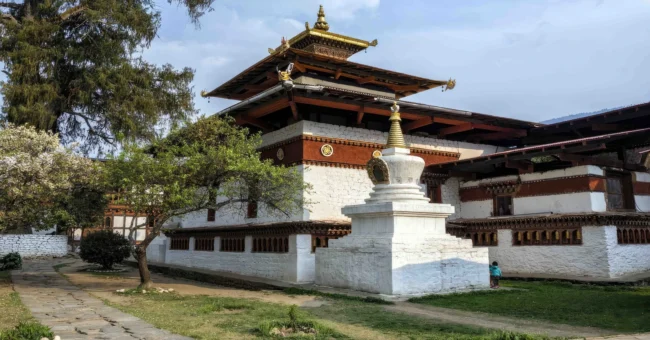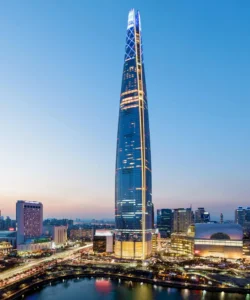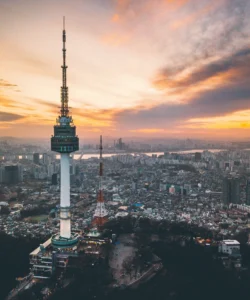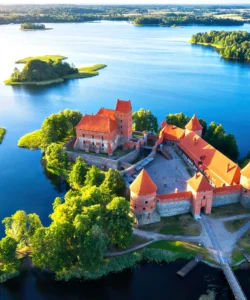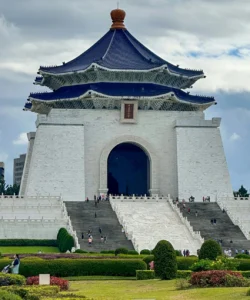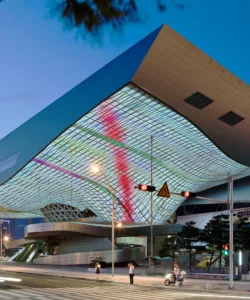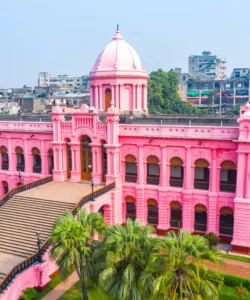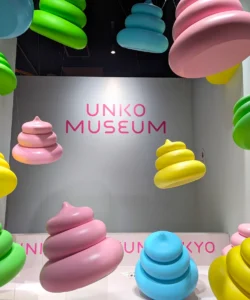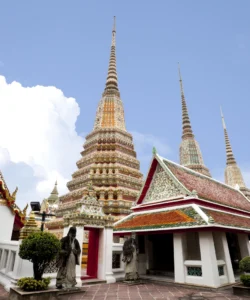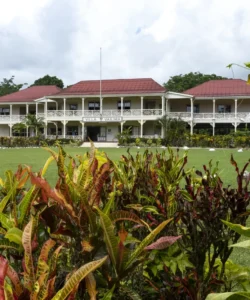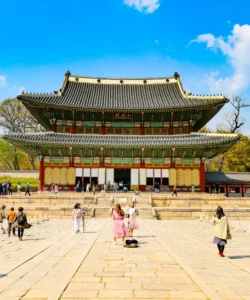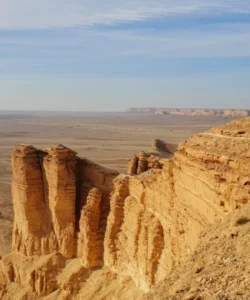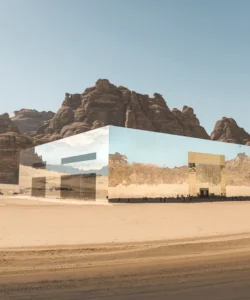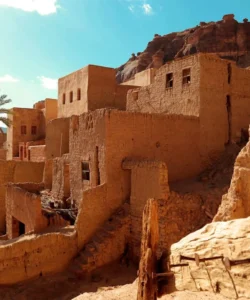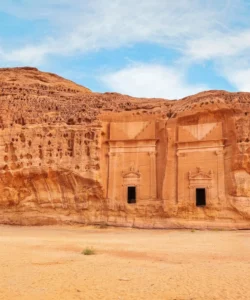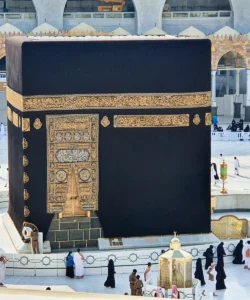Kyichu Lhakhang, (also known as Kyerchu Temple or Lho Kyerchu), is a profoundly sacred and historically significant Buddhist temple situated in the picturesque Paro Valley of Bhutan. Dating back to the 7th century, it is considered one of the oldest and most revered monasteries in the country, embodying the very essence of Bhutanese culture and religious devotion.
Name: Kyichu Lhakhang (Dzongkha: སྐྱིད་ཆུ་ལྷ་ཁང་; also Kyerchu Temple or Lho Kyerchu)
Address: Lango Gewog, Paro Dzongkhag, Bhutan. It is located in the north of Paro town, nestled in the flatlands of the valley, making it easily accessible.
How to Get There:
As with all travel in Bhutan, foreign visitors (excluding citizens of India, Bangladesh, and the Maldives) must arrange their trip through a licensed Bhutanese tour operator, which includes all transportation.
- By Air to Paro (PBH): The most common way to enter Bhutan is by flying into Paro International Airport (PBH), Bhutan’s only international airport. From the airport, it’s a short 15-minute taxi or private vehicle ride to Kyichu Lhakhang.
- From Paro Town: The temple is approximately 4-5 kilometers (2.5-3 miles) from Paro town.
- By Taxi/Private Car: A taxi or private vehicle arranged by your tour operator will take less than 10 minutes.
- By Foot: It’s also possible to hike from Paro town to Kyichu Lhakhang, a pleasant walk that takes about an hour and passes through beautiful rural landscapes.
- Entrance Fee: There is typically an entrance fee for foreign visitors (currently around Nu. 500 per person).
- Dress Code: As a sacred site, modest dress is required (shoulders and knees covered for both men and women). Footwear must be removed before entering the inner temple buildings.
- Best Time to Visit: The best times are during the spring (March to May) and autumn (September to November) seasons when the weather is pleasant, and the skies are clear, offering beautiful views. The temple is a hub of activity from morning to evening.
Landscape and Architecture:
Kyichu Lhakhang’s “architecture” is a captivating blend of ancient simplicity and subsequent embellishments, set within a serene valley landscape.
- Ancient Structure with Later Additions: The original temple, the Jowo Lhakhang, was a smaller structure built in the 7th century. Over centuries, various Buddhist saints, gurus, and rulers have visited, expanded, and renovated the complex, adding new structures around the original core. The current layout comprises several rooms organized around a shared courtyard.
- Traditional Bhutanese Style: The temple showcases traditional Bhutanese architecture, characterized by whitewashed stone walls, intricately carved wooden windows and doors, and multi-tiered roofs adorned with gilded ornamentation.
- Twin Temples: The complex is composed of two distinct parts:
- Jowo Lhakhang: The original 7th-century temple, considered the most sacred, housing a revered 7th-century statue of Jowo Sakyamuni Buddha. This statue is believed to have been cast in the same era as a similar, famous statue in Lhasa’s Jokhang Temple. The wooden floor inside the Jowo Lhakhang bears grooves worn by generations of prostrators, a testament to its antiquity and continuous devotion. The main entrance door is coated with gold.
- Guru Lhakhang: A newer temple built in 1971 by the Royal Queen Mother Ashi Kesang Choden Wangchuck, consecrated by Dilgo Khyentse. It houses a 5-meter high statue of Guru Rinpoche and other deities.
- Vibrant Murals and Relics: The inner walls of the temples are adorned with vivid murals illustrating Buddhist deities and stories. The complex houses numerous precious relics.
- Prayer Wheels and Butter Lamps: The courtyards are filled with numerous prayer wheels that pilgrims spin as they circumambulate the temple, and countless butter lamps are lit, creating a serene and spiritual atmosphere.
- Orange Trees: A unique feature in the courtyard are two orange trees that are said to bear fruit throughout the year, believed to have been planted by Guru Rinpoche.
- Serene Environment: The temple is nestled in a quiet and serene environment, surrounded by lush fields and hills, enhancing its tranquil and contemplative ambiance.
What Makes It Famous:
- One of Bhutan’s Oldest Temples: Kyichu Lhakhang holds the distinction of being one of the two oldest temples in Bhutan (along with Jambay Lhakhang in Bumthang), built in the 7th century by the Tibetan Emperor Songtsen Gampo. Its ancient origins make it profoundly significant.
- “Border Taming” Temple: According to legend, it was one of the 108 temples (12 of which were in the Himalayas, including Kyichu and Jambay Lhakhang) built by King Songtsen Gampo in a single day to subdue a giant demoness who lay across Tibet and the Himalayas, thereby preventing the spread of Buddhism. Kyichu Lhakhang is believed to have been built on her left foot, pinning her down. This mythological origin is central to its fame and the propagation of Buddhism in the region.
- Sacred Jowo Sakyamuni Statue: It houses a highly revered original 7th-century statue of Jowo Sakyamuni, considered one of the greatest treasures of the valley.
- Visited and Blessed by Guru Rinpoche: It is believed that Guru Padmasambhava (Guru Rinpoche), who played a pivotal role in establishing Buddhism in Bhutan, visited and concealed many spiritual treasures (termas) within the temple in the 8th century, further enhancing its sacredness.
- Continuous Active Worship: Despite its age, it remains a vibrant, active place of worship, with elderly pilgrims constantly circumambulating, spinning prayer wheels, and performing rituals, creating a palpable sense of devotion.
- Symbol of Purity and Timelessness: Its pristine, well-maintained appearance and its deep historical roots make it a symbol of enduring faith and timelessness.
- Royal Patronage: The involvement of the Queen Mother Ashi Kesang Choden Wangchuck in its expansion in 1971 and ongoing patronage underscores its significance to the Bhutanese royal family.
Differences from Some Other Wonders (especially other Bhutanese sites):
- Age and Mythological Founding: While Tiger’s Nest Monastery is famous for its dramatic location and Guru Rinpoche’s legend, and Punakha Dzong for its historical capital status, Kyichu Lhakhang stands out primarily for its undisputed status as one of Bhutan’s absolute oldest temples (7th century) and its direct connection to the “border-taming” legend of King Songtsen Gampo, making its very foundation a profound historical and mythological event.
- Focus on the Jowo Sakyamuni Statue: While other temples have important Buddha images, Kyichu Lhakhang is particularly revered for its original 7th-century Jowo Sakyamuni statue, which is a direct link to the earliest period of Buddhism in the region and is akin in importance to the Jowo statue in Lhasa.
- Ground-Level, Flatland Setting: Unlike Tiger’s Nest Monastery, which clings precariously to a cliff, or dzongs that are often built on strategic hilltops or river confluences, Kyichu Lhakhang is nestled peacefully on flat ground in the valley. Its beauty lies in its quiet serenity and historical depth rather than dramatic topographical integration.
- Emphasis on Continuous Devotion (Worn Floor): The famous grooves worn into the wooden floor by generations of prostrators are a tangible and unique testament to its continuous, active worship over centuries, making the very fabric of the temple a living record of devotion.
- Less Grand in Scale than Dzongs: While sacred, it’s not a massive administrative-monastic fortress like Punakha Dzong or Tashichho Dzong. Its grandeur is in its antiquity, spiritual power, and intricate details, rather than overwhelming size.
- Specific Oracle Trees: The legend of the orange trees that bear fruit year-round, believed to be planted by Guru Rinpoche, offers a unique and charming natural-spiritual element specific to this temple.
- No Defensive Function: Unlike the dzongs, which were historically fortresses, Kyichu Lhakhang is purely a temple (lhakhang) dedicated to spiritual practice and devotion.
Kyichu Lhakhang Photos:
[envira-gallery id=”17245″]
